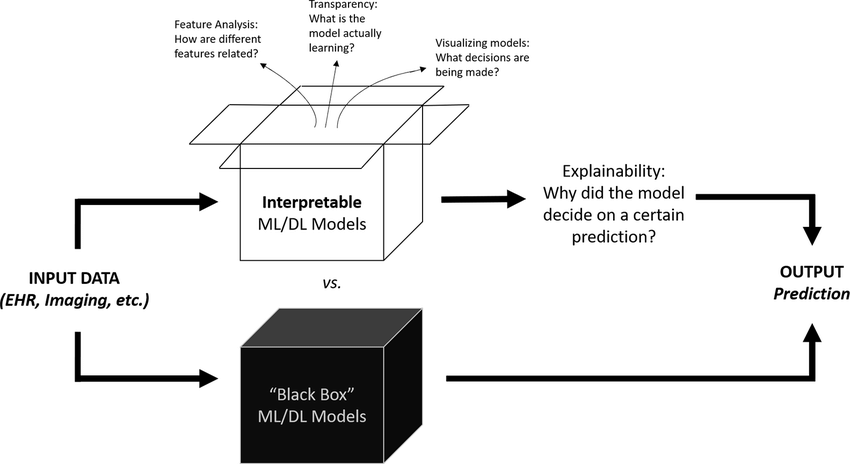Artificial Intelligence (AI) has become a part of our daily lives, powering everything from voice assistants to recommendation systems. But not all AI systems are created equal. Recently, BlackBox AI has emerged as a next-generation tool that stands out from traditional AI. So, what makes BlackBox AI different? And why is it being called a game-changer? In this article, we’ll explore the differences in simple terms that even a 5th grader can understand.
What Is Traditional AI?
Traditional AI refers to systems designed to perform specific tasks. For example, a weather app uses AI to predict tomorrow’s forecast, and a chatbot helps answer common customer questions. While these systems are helpful, they are usually limited to doing one thing well. Think of traditional AI as a tool that follows a set of instructions. It’s smart, but it can’t adapt easily or handle tasks outside its programming.
What Is BlackBox AI?
BlackBox AI takes things to a whole new level. Unlike traditional AI, BlackBox AI is designed to be more flexible, smarter, and easier to use. It can handle multiple tasks, learn from its interactions, and adapt to new challenges. Imagine having an AI that not only answers your questions but also learns from your preferences and helps you improve over time. That’s the power of BlackBox AI.
Key Differences Between BlackBox AI and Traditional AI
1. Flexibility
- Traditional AI: Limited to a specific task or purpose. For example, an AI that detects spam emails can’t help you with coding.
- BlackBox AI: Can tackle multiple tasks, such as writing code, solving problems, and generating creative ideas.
2. Learning Ability
- Traditional AI: Relies on pre-programmed rules and datasets. It doesn’t improve much after it’s created.
- BlackBox AI: Uses advanced machine learning to get smarter over time, adapting to your needs and preferences.
3. User-Friendliness
- Traditional AI: Often requires technical knowledge to use effectively.
- BlackBox AI: Designed to be simple and accessible, even for people with no tech background.
4. Problem-Solving Skills
- Traditional AI: Works well for straightforward tasks but struggles with complex or creative problems.
- BlackBox AI: Excels in handling complex problems, offering innovative solutions that save time and effort.
5. Integration
- Traditional AI: Often works as a standalone system with limited compatibility.
- BlackBox AI: Integrates seamlessly with other tools, making it a versatile addition to your workflow.
Why BlackBox AI Is a Game-Changer
BlackBox AI is not just an upgrade—it’s a transformation. It’s like moving from a bicycle (traditional AI) to a self-driving car (BlackBox AI). Here’s why it’s making waves:
- For Developers: It simplifies coding, offers smarter suggestions, and helps troubleshoot errors faster.
- For Entrepreneurs: It streamlines business tasks like planning, marketing, and data analysis, saving time and resources.
Real-Life Examples
- Traditional AI in Action: A customer service bot that answers simple queries like “What are your store hours?”
- BlackBox AI in Action: A dynamic assistant that helps draft customer emails, suggests product improvements, and predicts customer needs based on data.
Which One Should You Choose?
The answer depends on your goals:
- If you need a simple tool for a single task, traditional AI might suffice.
- If you want a smart, all-in-one assistant that evolves with you, BlackBox AI is the way to go.
Final Thoughts
BlackBox AI is redefining what we expect from artificial intelligence. It’s more than a tool—it’s a partner that helps you grow and succeed. Whether you’re a developer, entrepreneur, or just someone curious about AI, BlackBox AI offers a glimpse into the future. So, if you’re ready to take your work to the next level, consider giving BlackBox AI a try. It’s smarter, faster, and more flexible than anything we’ve seen before.






Leave a Comment